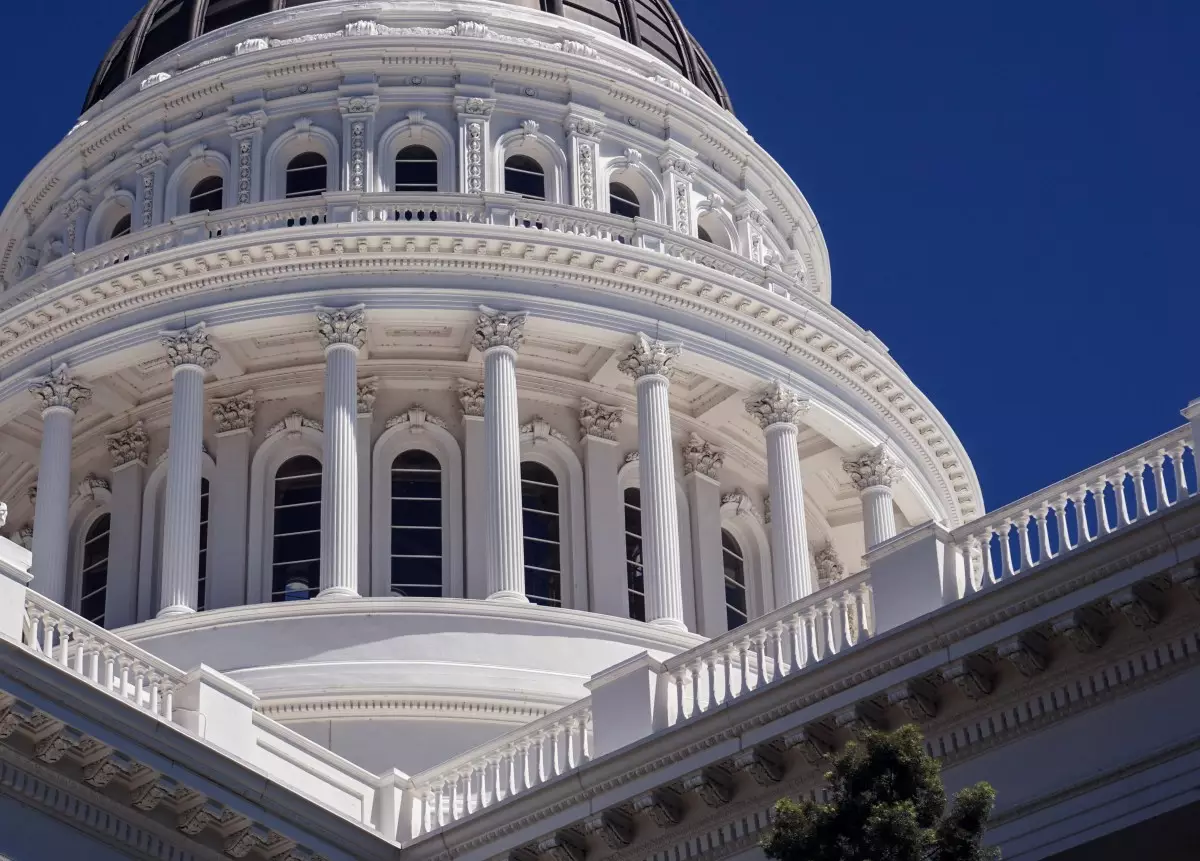A growing movement within the political landscape is testing the waters of artificial intelligence (AI) regulation, pitting federal aspirations against state autonomy. Recently, a consequential shift led by Senate Commerce Chair Ted Cruz emerged, aiming to curb state-level AI regulations for a decade by tying noncompliance to federal broadband funding. This strategy, ostensibly crafted to streamline regulation and maintain a cohesive federal framework, rather ironically, risks stifling essential local governance and innovation. The upcoming challenges this legislation faces reveal a deep-seated tension in how we should approach emerging technologies.
The Republicans’ Double-Edged Sword
While the move to restrict states from regulating AI might seem rooted in the need for uniformity, it raises significant ethical and governance concerns. The Republican party has billed this proposal as part of their “One Big, Beautiful Bill,” presenting it as a necessary step for national security. However, their claim of preventing “50 different states regulating AI” does little to reassure critics who argue that such a blanket approach undermines the very fabric of democratic governance.
The dissent from within the party itself is telling. Senators like Marsha Blackburn voice a legitimate concern: should states not have the authority to safeguard their citizens’ interests? The backlash from corners like Representative Marjorie Taylor Greene, emphasizing the violation of state rights, underlines the complex landscape of opinions even among Republican legislators. The core issue here is clarity—while proponents take a national security stand, will the elimination of state regulations genuinely address the safety concerns surrounding AI?
The Regulatory Voids and State Innovations
One of the most alarming aspects of this proposed moratorium is the regulatory void it threatens to create. Advocacy groups like Americans for Responsible Innovation caution against the wide-reaching implications of removing local regulations on AI and algorithmic technologies. The landscape of AI governance must not only focus on preventing chaos but must also recognize state-level efforts to enact meaningful protections. California’s attempts to balance AI safety with responsible innovation, alongside New York’s legislative progress, signify a proactive stance that should be encouraged, not curtailed.
Local governance has historically been a frontline for innovation and protection. States like Utah have already waddled into this field with their own transparency regulations. These developments illustrate a critical stepping stone that the federal government ought to support rather than suppress. The diverse approaches states take can serve as testing grounds for effective AI regulations, offering a template from which broader federal guidelines might emerge.
The Call for Thoughtful Engagement
As we navigate this pivotal moment for AI regulation, it becomes imperative for lawmakers to consider the long-term implications of suppressing state authority. The potential consequences of a federal overreach in this domain could lead not only to inefficiencies but also to serious governance failures. By fostering state-level initiatives, lawmakers can cultivate a more robust dialogue surrounding AI safety, transparency, and innovation. We must advocate for a framework that prioritizes collaborative efforts between federal and state authorities instead of an adversarial approach.
In a rapidly changing technological landscape, the strength of our democratic institutions often hinges on the balance of power. Empowering states to regulate, while simultaneously engaging with federal aspirations, presents a pathway toward establishing a thoughtful and effective governance model. This should not be seen as merely a political battleground but rather as an opportunity to enhance public welfare and promote responsible innovation.

